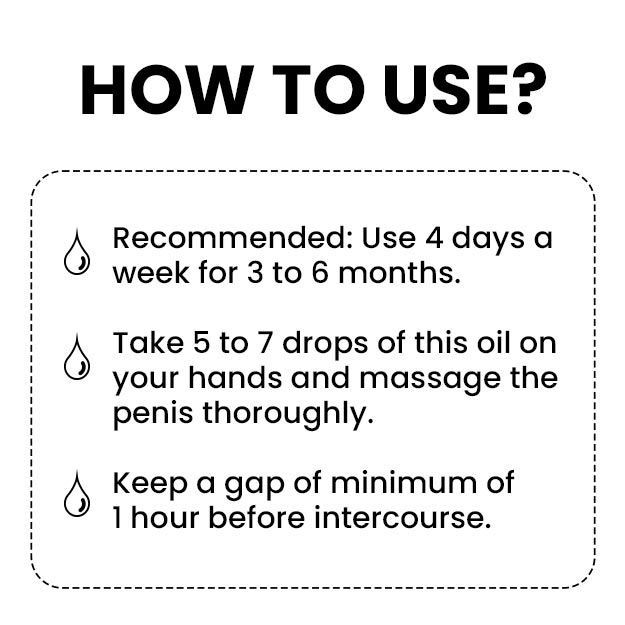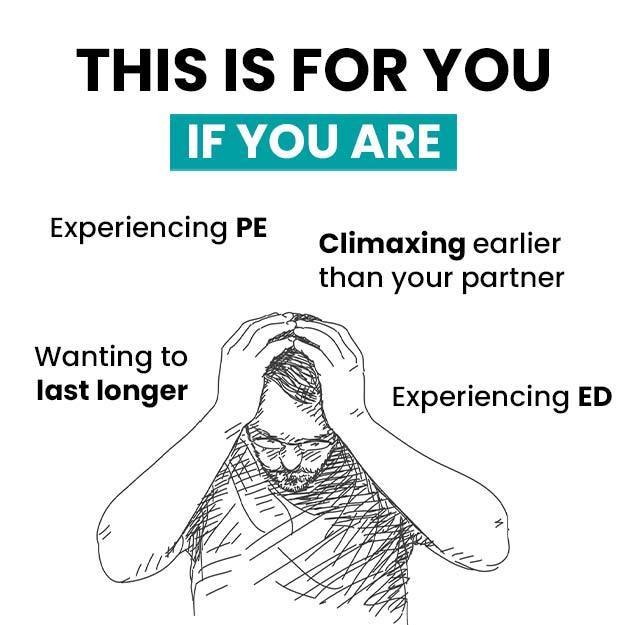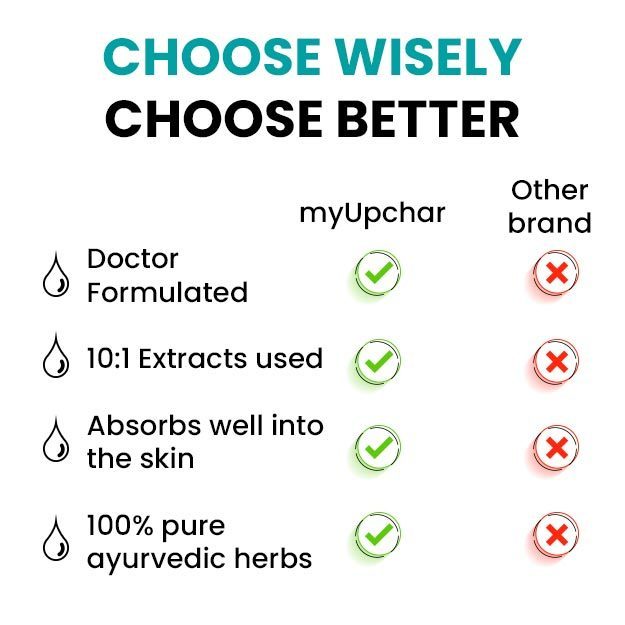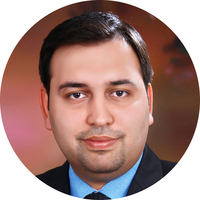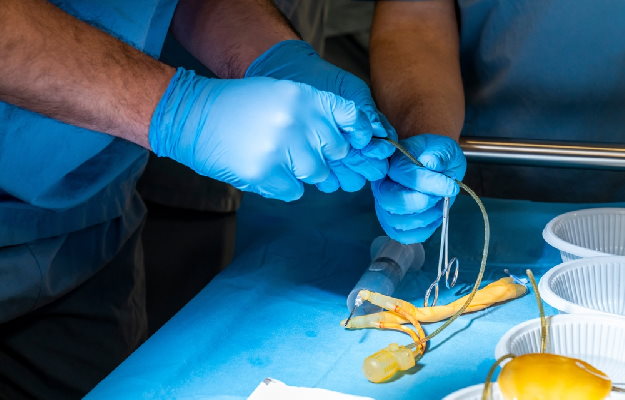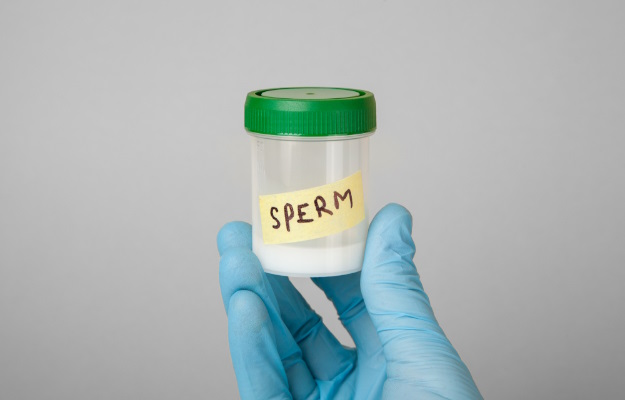There is no known cause of homosexuality still; however experts around the world suggest various theories for it. Here is a list of some of those theories:
A few studies done in the 1990s suggested a biological origin of homosexuality, saying that it is possible that a person is born gay. Here are some factors that are suggested to be associated with homosexuality:
Brain structure
A study done in 1990 suggested that suprachiasmatic nucleus, a part of the hypothalamus in the brain, is 1.7 times larger in homosexual men than heterosexual ones and it contains more than twice as many cells. However, it did not support the hypothesis of gender differences in the hypothalamus structure.
Suprachiasmatic nucleus is responsible for maintaining the circadian rhythms (the biological clock) in the body. Hypothalamus is a small part of the brain that controls a number of important functions in the body including the maintenance of homeostasis (keeping the body stable).
A 1991 study by Simon Le Vay, a researcher at the Salk Institute, indicated heterosexual men have twice as big INAH 3, the third interstitial nucleus of the hypothalamus, as women and homosexual men. This suggested that the size of the hypothalamus may vary, depending on the sexual orientation of a person. Le Vay had studied all this on 18 cadavers of men who were known to be homosexual in life and 1 cadaver of a bisexual person.
However, experts say the study was flawed since it did not have a control group. Questions were also raised around the assumptions made about the sexual orientation of the heterosexual men. Also, some heterosexual men had a brain cluster much smaller than the mean size suggested for homosexual men and vice versa. All of the men in the study had died of AIDS and it was suspected that the brain cluster size may have been smaller due to AIDS-related damage.
More studies suggested that corpus callosum, a nerve bundle that connects the left and right brain, in homosexual men is just like that found in women. Women have a larger corpus callosum than men.
More recent studies show that antidepressants work less effectively in homosexual people, pointing out that they have some difference in their serotonergic system, which plays an important role in maintaining cognitive function, sleep, appetite and biological clock. Antidepressants work on this system. Also, homosexual men have been shown to get hypothalamic activation (especially in areas considered to be responsible for sexual response) in response to male pheromones.
Genetic theory
In 1993, Dean Hamer, a geneticist at the National Cancer Institute, declared that he had found a genetic component that may be responsible for some cases of homosexuality. The study was wrongly picked up by media and reports of a "gay gene" were soon floating around.
Hamer had studied the pedigree of about 114 families of homosexual men and he had found that men who had a homosexual uncle or a homosexual cousin on their mother’s side were more likely to turn out to be homosexual than those who had one on their father’s side. He suggested that a gene for homosexuality may be present on the X chromosome—men get the X chromosome from their mother and Y from their father. However, there were a lot of limitations in the study, including the fact that all cases had a genetic marker since some sporadic cases were also there.
On the contrary, a huge study done on about 500,000 people suggested in 2019 that there are about five genes in the human genome (complete set of DNA) that may determine same-sex orientation but these genes are not so reliable as to be able to predict someone’s sexuality. In other words, there is no "gay gene". However, the genomes were only taken from two databases, one from the UK and one from the USA. All the studied people had European ancestry and were in the older age group—40 to 70 years—at the time of data collection. Also, this study did not include transgender people and intersex people.
Hormone theory
This is yet another theory for explaining homosexuality. Some experts have suggested that lack of androgens (male hormones) during the embryonic development in men and excess androgens during the embryonic period in women may play a role in determining sexual identity and sexual preferences.
Sex hormones play a huge role in determining the physiological and behavioural differences in genders.
Now to explain the behavioural differences only, it is suggested that the physical and behavioural traits presumably develop at different stages of embryonic development. So normal or high androgen levels during the physical development of the genitals (first trimester of pregnancy) and a drop in androgen levels during the maturation of brain (later stages of pregnancy) may cause homosexuality.
However, all these are speculations, and more studies are needed to find strong evidence for this theory.
Child sexual abuse
As per a research article published in the journal Archives of Sexual Behaviour, there are various theories about how sexual abuse at an early age may cause someone to become homosexual. One of these is that nascent same-sex orientation in childhood can lead to maltreatment or adolescents who are exploring their same-sex orientation are likely to put themselves in situations which can lead to maltreatment.
A theory suggests that children who have same-sex orientations have gender non-confirming behaviour which puts them at risk of maltreatment.
While another theory says that maltreatment increases the chances of homosexuality. This could be due to the fact that: the person loses his/her sense of self-worth and may start recognising themselves with the other stigmatised sects. Like a boy who was sexually maltreated may start to believe that he is homosexual. A girl, on the other hand, may develop an aversion to men. Incest has also been linked to the increased likelihood of homosexuality.
Arguments against these theories, however, point out that it is flawed since it says homosexuality can be learned and hence cured.
More studies are hence needed to understand this theory.













